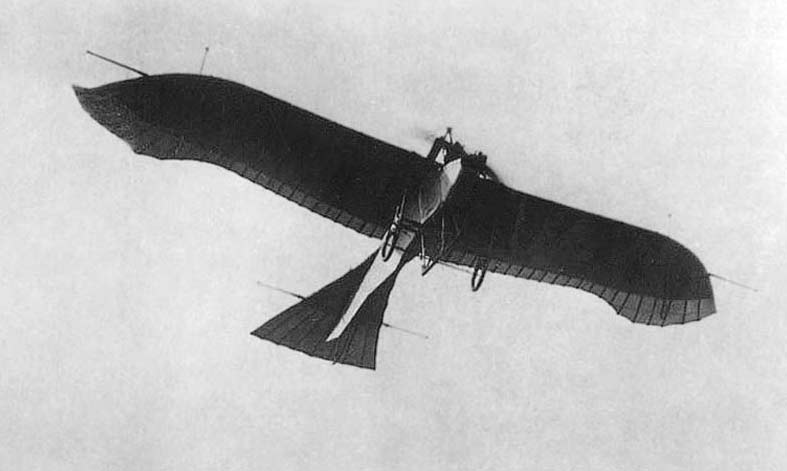Explore the pioneering era of aviation with the Rumpler Taube (Etrich Taube) aircraft, its history, design, performance, and military legacy.
This article delves into the fascinating history of the Rumpler Taube (Etrich Taube) aircraft, a pioneering aviation marvel from 1910. It covers its development, design, performance, military use, and ultimate impact on aviation.
The Rumpler Taube, also known as the Etrich Taube, emerged during the early 20th century when aviation was in its infancy. The era was marked by a rapid evolution in aircraft design and functionality. The need for an aircraft that could serve various purposes, including reconnaissance and observation, drove the development of the Rumpler Taube.
The program for the Rumpler Taube was launched in the early 1910s, with its maiden flight taking place in 1910. This aircraft’s unique design and characteristics earned it the nickname “Taube,” meaning “dove” in German, due to its resemblance to a bird in flight.
History of the Development of the Rumpler Taube (Etrich Taube)
The Rumpler Taube was designed to address the requirements of reconnaissance and observation in the military. Its distinct design featured a monoplane configuration with swept-back wings and an enclosed fuselage, a departure from the biplane designs of the era. This design innovation gave the aircraft a bird-like appearance.
The objective of the Rumpler Taube’s development was to create an aircraft capable of stable and reliable flight for reconnaissance missions. Its enclosed fuselage provided protection for the pilot and observer, making it suitable for military operations. The aircraft’s first flight occurred in 1910, marking a significant milestone in aviation history.
Design of the Rumpler Taube (Etrich Taube)
The Rumpler Taube’s design was unconventional for its time but highly effective. It featured a wingspan of approximately 14 meters (45 feet) and was powered by a rotary engine, typically delivering around 80 to 100 horsepower. Its enclosed cockpit offered protection from the elements and enemy fire.
One of the advantages of the Taube’s design was its stability and ease of handling, making it ideal for reconnaissance missions. However, it had drawbacks in terms of speed and maneuverability compared to contemporary fighter aircraft. Nonetheless, its contribution to aviation was significant, as it introduced the concept of an enclosed cabin and a streamlined, monoplane design.

Performance of the Rumpler Taube (Etrich Taube)
The Rumpler Taube’s performance was moderate compared to later military aircraft. It had a top speed of approximately 70 to 80 miles per hour (112 to 129 kilometers per hour) and a maximum altitude of around 13,000 feet (3,962 meters). Its range was limited to a few hundred miles.
In terms of military power, the Taube was not a combat aircraft but rather excelled in reconnaissance and observation roles. It played a crucial role in World War I, providing valuable intelligence to the German military.
Military Use and Combat of the Rumpler Taube (Etrich Taube)
The Rumpler Taube was primarily used for reconnaissance missions during World War I. Its ability to conduct aerial observations and gather vital information about enemy positions was instrumental in the early stages of the war. However, it was not armed for combat, and its role was limited to surveillance and photography.
As World War I progressed and aviation technology advanced, the Rumpler Taube became outdated. It was gradually replaced by more capable aircraft, such as fighters and bombers. After the war, some Taube aircraft were sold to other countries, but they were no longer at the forefront of military aviation.
The Rumpler Taube (Etrich Taube) played a significant role in the early days of military aviation, particularly in reconnaissance and observation missions during World War I. Its unique design and stable flight characteristics left an indelible mark on aviation history, even though it was eventually surpassed by more advanced aircraft. The Taube serves as a testament to the innovation and evolution of aviation during a pivotal era in the history of flight.
Back to the fighter jet section.